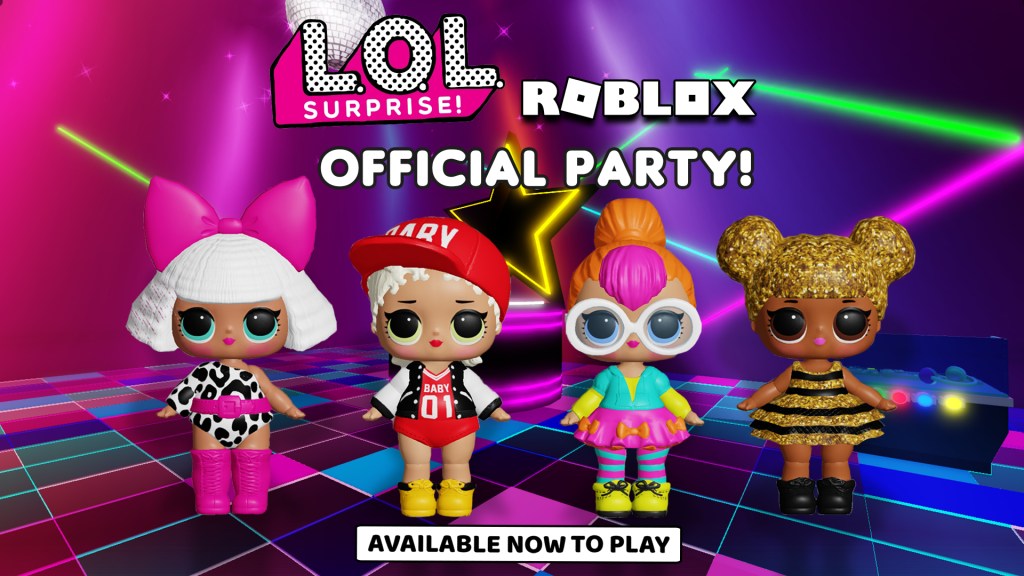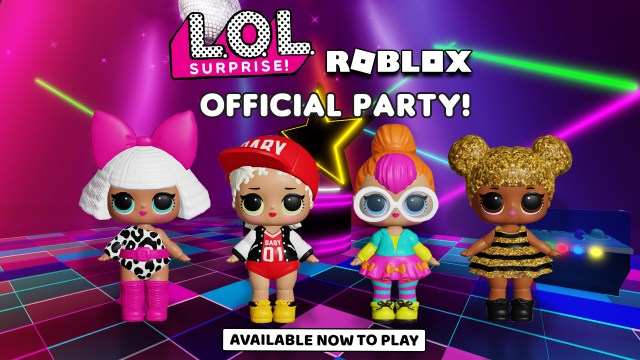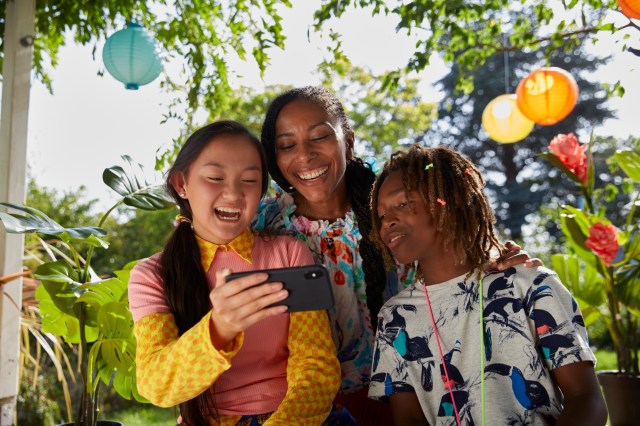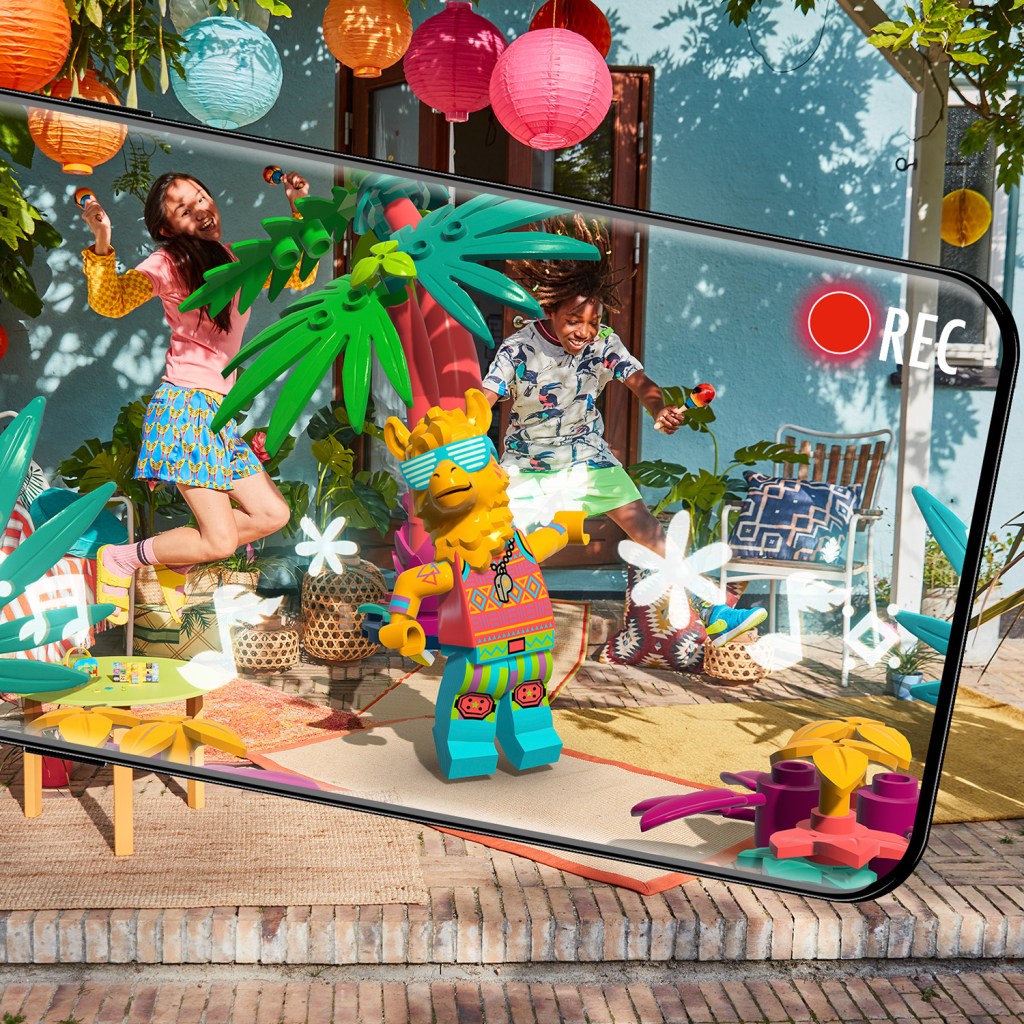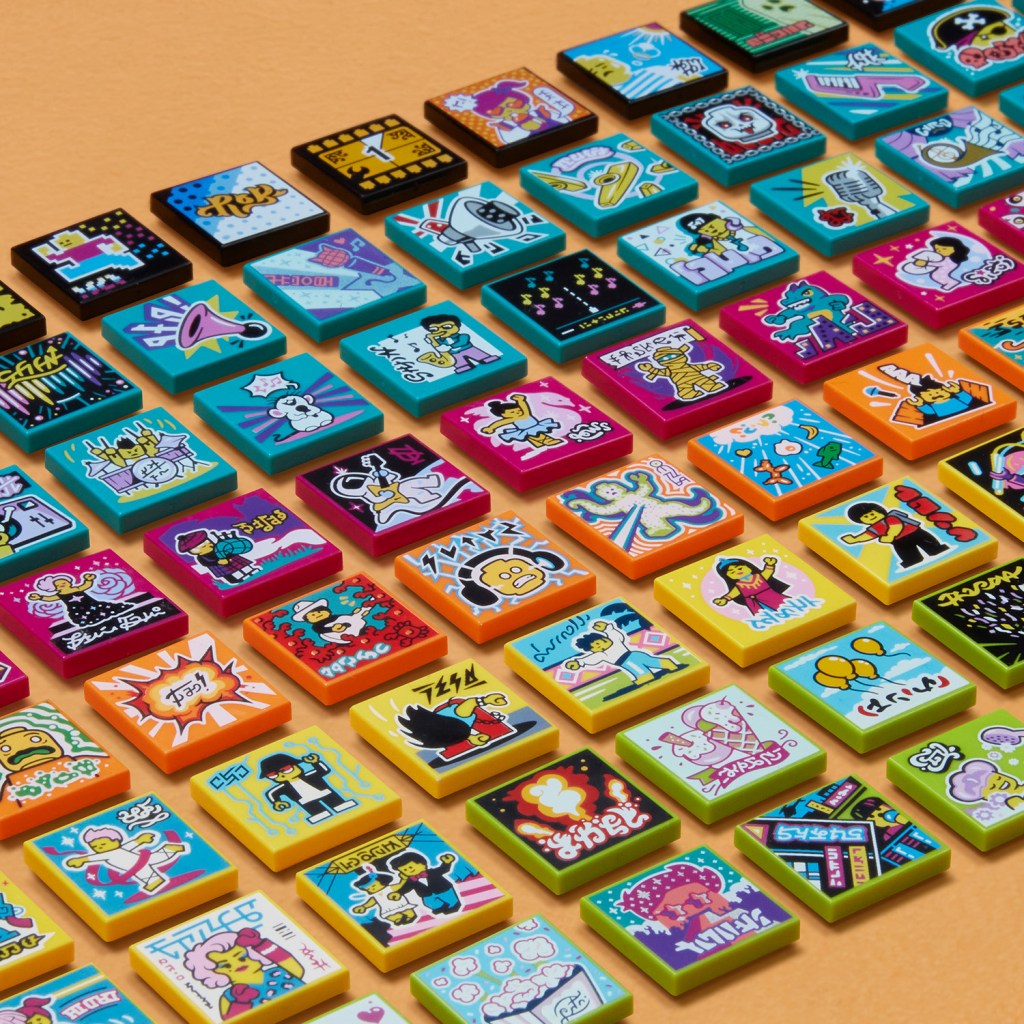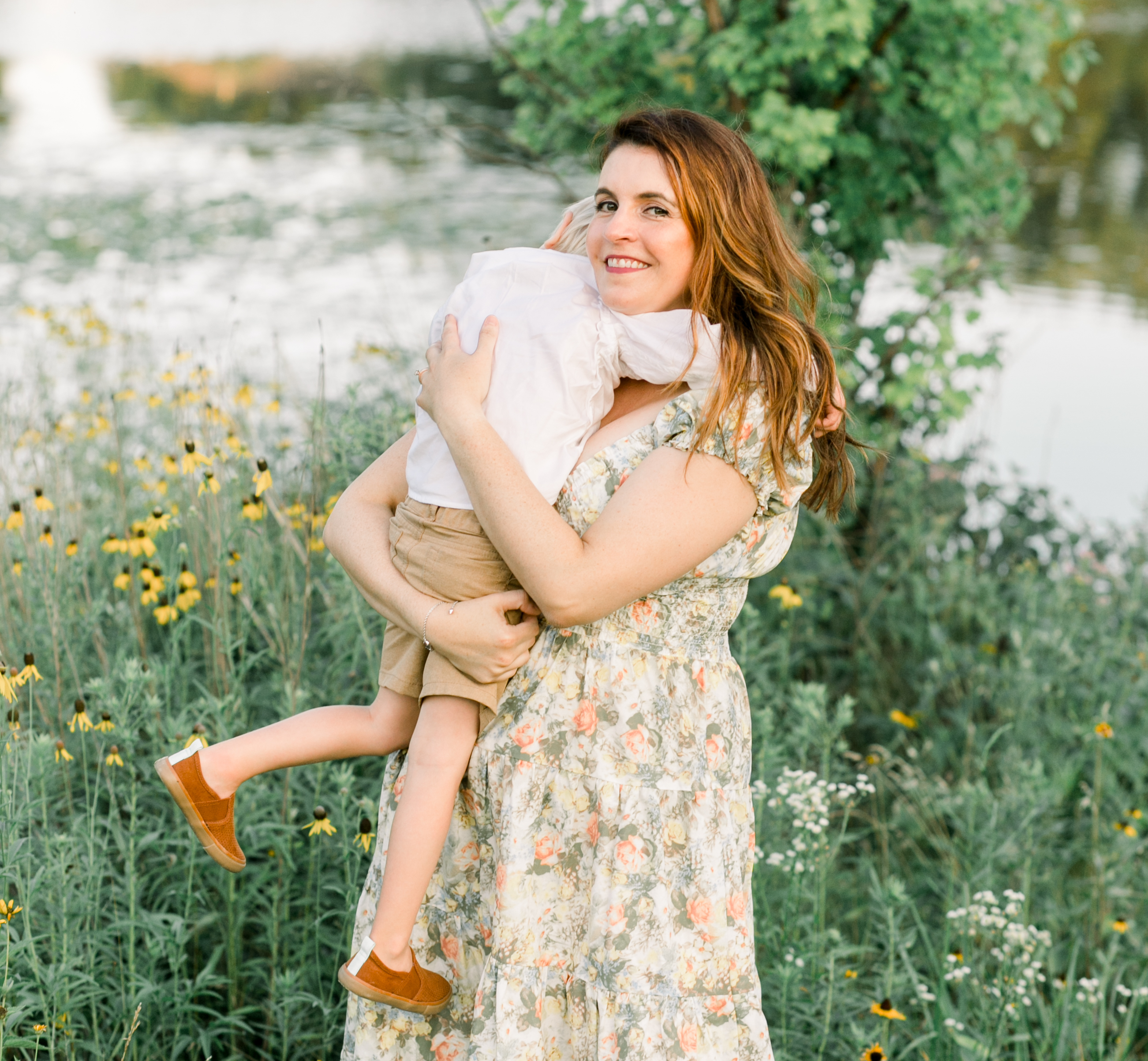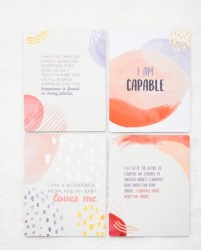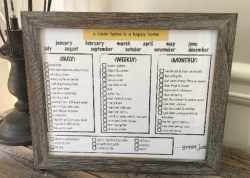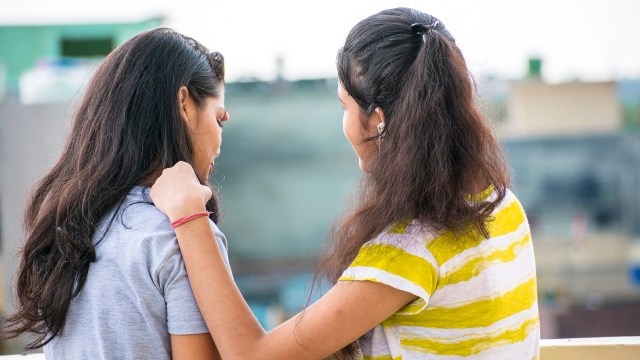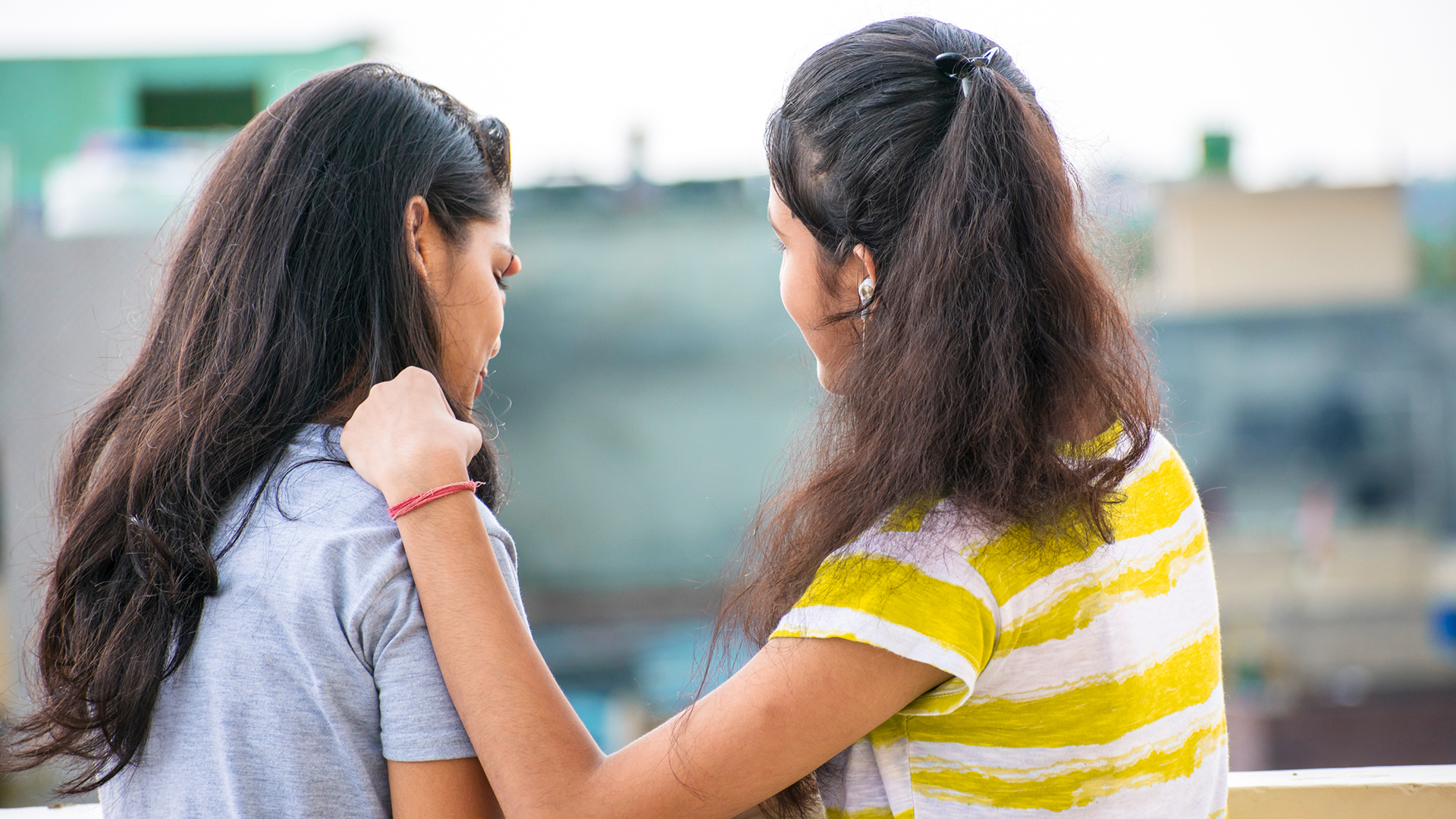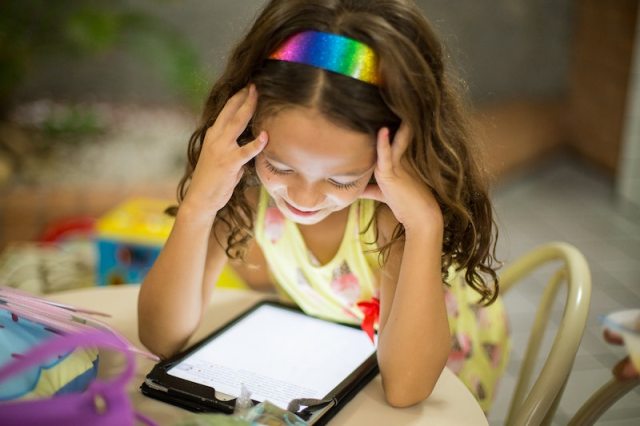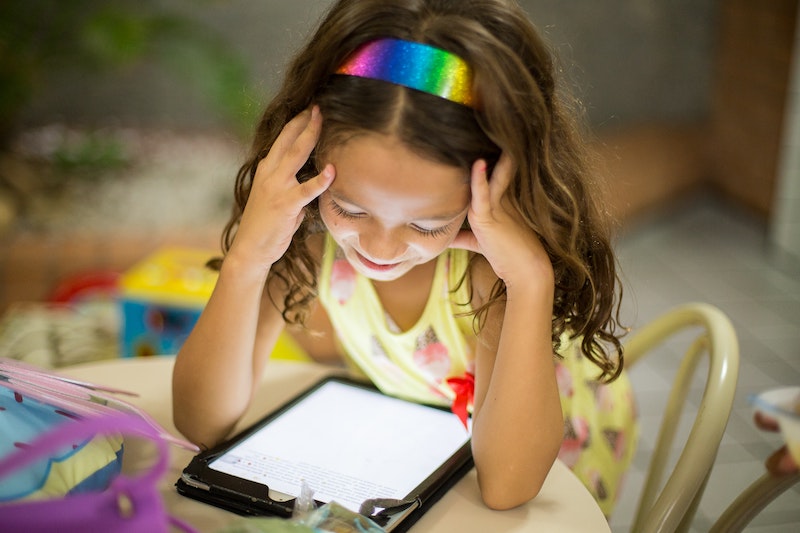For years, the short-form video has been a popular way for people to connect and express their creativity online. There have been several platforms over the years offering everyone with a smartphone the ability to create and watch these videos, most famously, Vine, which shut down uploads in late 2016.
Many people were disheartened by the demise of Vine, but it wasn’t to be the end of social short-form video. In 2019, the TikTok app emerged to fill the short video gap in the social media landscape and has captured the attention of teenagers all over the country.
Parents and educators might be less than thrilled at the prospect of yet another social media platform, but there’s more to the service than meets the eye. The TikTok platform has the potential to serve as a powerful learning tool—here’s how.
The Tech Behind TikTok
So what is TikTok, and what makes it different from the defunct Vine or the likes of Snapchat? Basically, it’s an app about creativity and collective fun through super-short videos. Users can make videos based on challenges provided by the app, which are loaded with effects, music, and filters.
Unlike other social media platforms, which rely solely on users to come up with their own content, TikTok provides some structure with challenges designed to encourage engaging and viral 15-second videos.
The tech behind TikTok is AI and machine learning-based. Using data from the platform, TikTok’s algorithms are getting smarter all the time and are contributing to both curation and content creation within the app. It’s a good example of how AI can be applied practically in all aspects of a business model and even encourage creativity.
The Importance of Keeping Creativity Alive for Kids
There’s been an understandable push toward more emphasis on STEM (Science, Technology, Engineering, and Math) subjects at schools all over the country in the last few years. That’s not surprising, as many jobs now and in the future will require these skills. But it’s also important to keep kids’ creativity alive for a number of reasons.
Studies in the arts and exposure to culture help kids develop critical thinking skills, memory, and even empathy. By nurturing creativity, we can help young people become more innovative, tolerant, curious, and focused. Expressing one’s self is also important for exploring identity, learning healthy coping mechanisms, and maintaining good mental health.
While it might not be obvious that a social media platform could support these benefits, the truth is that TikTok has become a strong creative outlet for many young people. Challenges from the app offer them enough structure to spark their creativity without being overwhelming, while the nature of short video requires the use of problem-solving and creativity to create compelling content in a very short timeframe. They also have the opportunity to gain feedback and recognition for their content, which can further help improve creativity.
Kids and teens love using their devices to create and explore. What better way than to build their creativity at the same time?
Taking the Digital Domain by Storm
TikTok has been growing in popularity and taking the digital domain by storm in 2019. In addition to offering users new outlets for their creativity, the company has also partnered with GIPHY and has begun offering new options for creating and sharing videos.
Now, GIPHY stickers can be added to videos and top TikTok videos can be used as GIFs, extending the reach of the app into other social media platforms, texts, and more. What’s more, many users say they’re discovering new music thanks to the TikTok platform. By integrating all of these features, users can explore, expand their musical horizons, and create engaging videos.
All Good Things in Moderation
TikTok can help teens build their creativity, but it’s important to remember that any app has the potential to be harmful if it’s used in excess. Many teens spend far too much time looking at screens, and 70% of teens check their cell phones as soon as they wake up, according to a recent Pew Research survey.
Parents must give their children the freedom to explore and develop creativity. However, they should also be mindful of how much time their kids are spending with their devices and manage their screen time carefully.
Since social media can be both helpful and harmful, parents need to ensure that these platforms are being used safely and appropriately. All good things in moderation—even silly, fun things that can help kids become more innovative adults.
Sarah Daren has been a consultant for startups in industries including health and wellness, wearable technology, and education. She implements her health knowledge into every aspect of her life, including her position as a yoga instructor and raising her children. Sarah enjoys watching baseball and reading on the beach.
